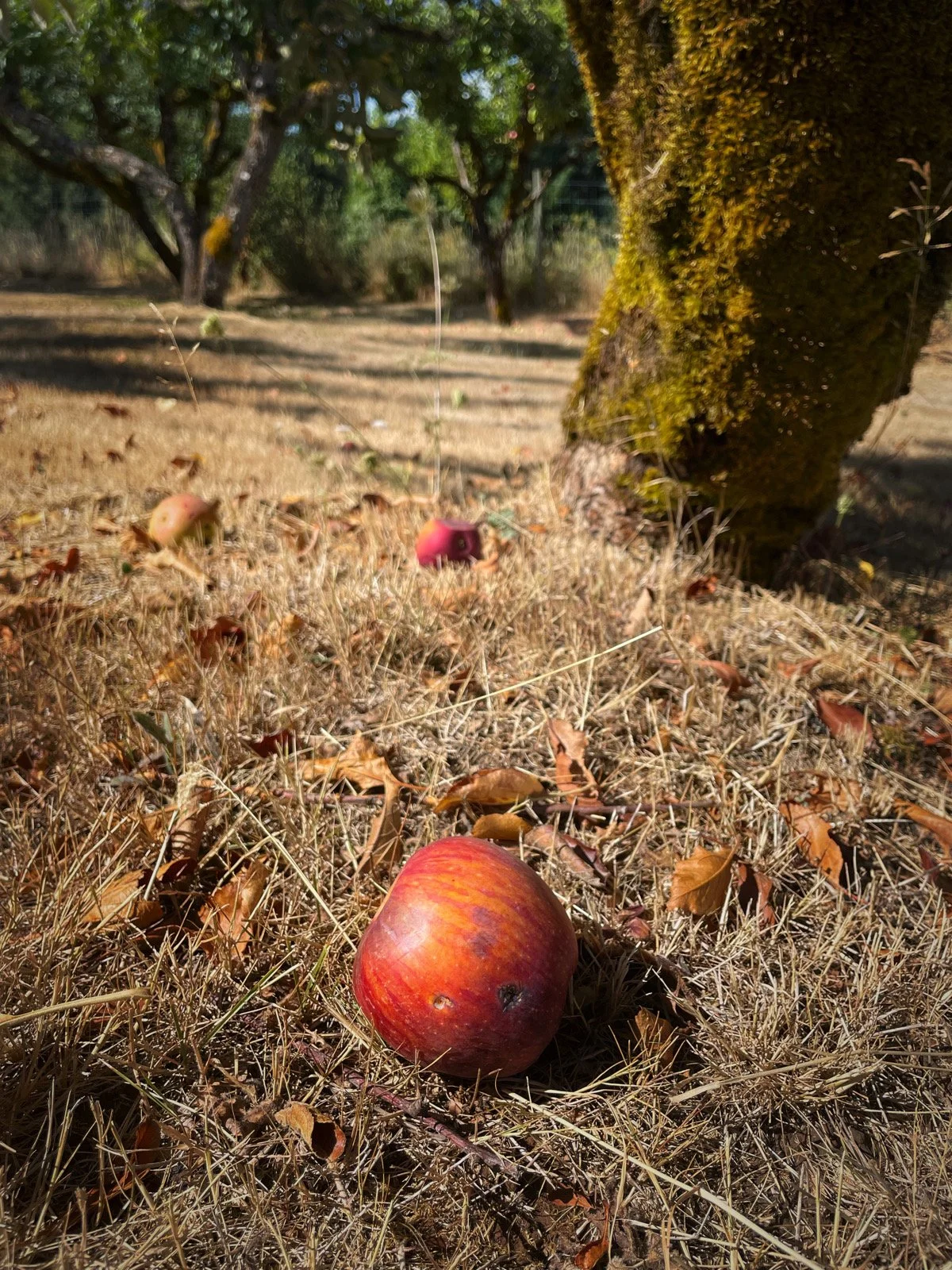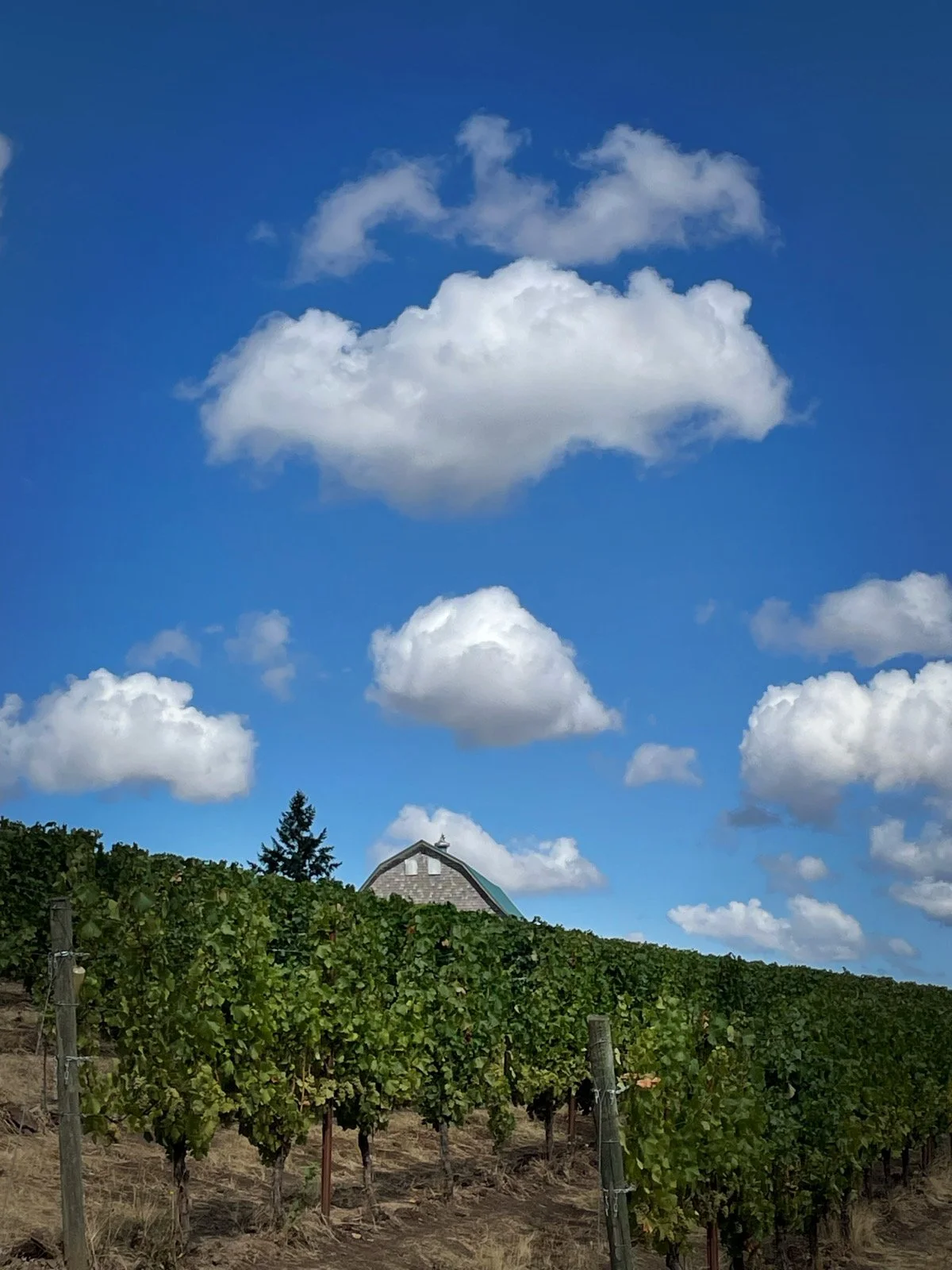FINNIGAN HILL VINEYARD
As luck would have it…
We love a story of someone who, after a long journey, finds their way back home to themself (we can, of course, deeply relate). Cassie Wieden grew up in the heart of Willamette Valley wine country, first in Dundee, and then in the Chehalem Mountains. After traveling the world and living much of her adulthood in big cities, she followed her heart and a passion for wine back to a gravel road not too far from where she started.
Cassie found a historic 40-acre property established by the Finigan (later, Finnigan) family, white settlers that came to Oregon in the late 1800s. The Finnigans farmed walnuts, plums, and hay on the hill for generations, and although some of the original acreage was sold in the intervening years, Cassie lives in their Victorian farmhouse and has been working on restoring the original barn structure. Some of the old orchard trees still stand sentry at the entrance to the first Pinot Noir block she planted in 2007, with windfall apples and plums peeking out like bright jewels among the sun-bleached grass.
Since Cassie began planting the site in 2007, the vineyard has grown to 25 acres under vine, all farmed organically from the start. At just above 700 feet in elevation on the eastern slopes of the Chehalem Mountains (and about three miles away from the 1600+ foot Bald Peak), Cassie and the vines enjoy sweeping views of the verdant Tualatin Valley and the snowcapped Cascade Range. Like many sites in the Chehalem Mountains and the Tualatin Hills, vines at Finnigan Hill sink their roots into deep, silty loess soils called Laurelwood that have been accreted onto the hillsides for tens of thousands of years following the Missoula Floods. Like at No Clos Radio, the soil is baby-powder fine, with small buckshot-like “pisolites” of iron manganese dotting the ground. Despite the similar soil series, we find the wines made from the Pinot Noir and Chardonnay from Finnigan Hill to be distinctively bright and delicately aromatic. Pinot Noir from here is red-fruited in flavor and astonishingly low in pigment, pale enough to read a newspaper through. It recalls us to a different era of Oregon winemaking where Pinot was more about elegance and less about power.



